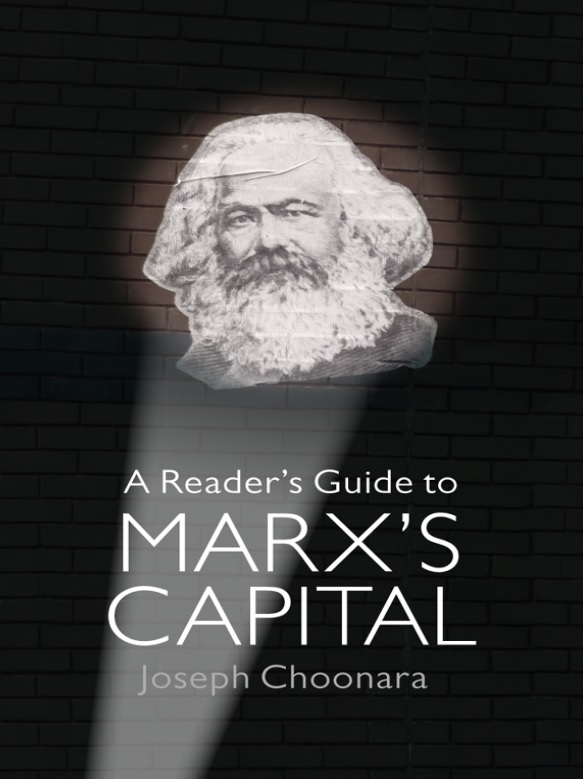Biblioteca / 2010-2021
Joseph Choonara. A Reader’s Guide to Marx’s Capital.
Londres: Bookmarks, 2017.
Contents
Preface
Introduction
1 – The two factors of the commodity
2 – The process of exchange
3 – Money, or the circulation of commodities
4 – The general formula of capital
5 – Contradictions in the general formula
6 – The sale and purchase of labour-power
7 – The labour process and the valorisation process
8 – Constant capital and variable capital
9 – The rate of surplus-value
10 – The working day
11 – The rate and mass of surplus-value
12 – The concept of relative surplus-value
13 – Cooperation
14 – The division of labour and manufacture
15 – Machinery and large-scale industry
16 – Absolute and relative surplus-value
17 – Changes of magnitude in the price of labour-power and surplus-value
18 – Different formulae for the rate of surplus-value
19 – The transformation of the value (and respectively the price) of labour-power into wages
20 – Time-wages
21 – Piece-wages
22 – National differences in wages
23 – Simple reproduction
24 – The transformation of surplus-value into capital
25 – The general law of capitalist accumulation
26 – The secret of primitive accumulation
27 – The expropriation of the agricultural population from the land
28 – Bloody legislation against the expropriated since the end of the 15th century. The forcing down of wages by Act of Parliament
29 – The genesis of the capitalist farmer
30 – Impact of the agricultural revolution on industry. The creation of a home market for industrial capital
31 – The genesis of the industrial capitalist
32 – The historical tendency of capitalist accumulation
33 – The modern theory of colonisation
Conclusion
